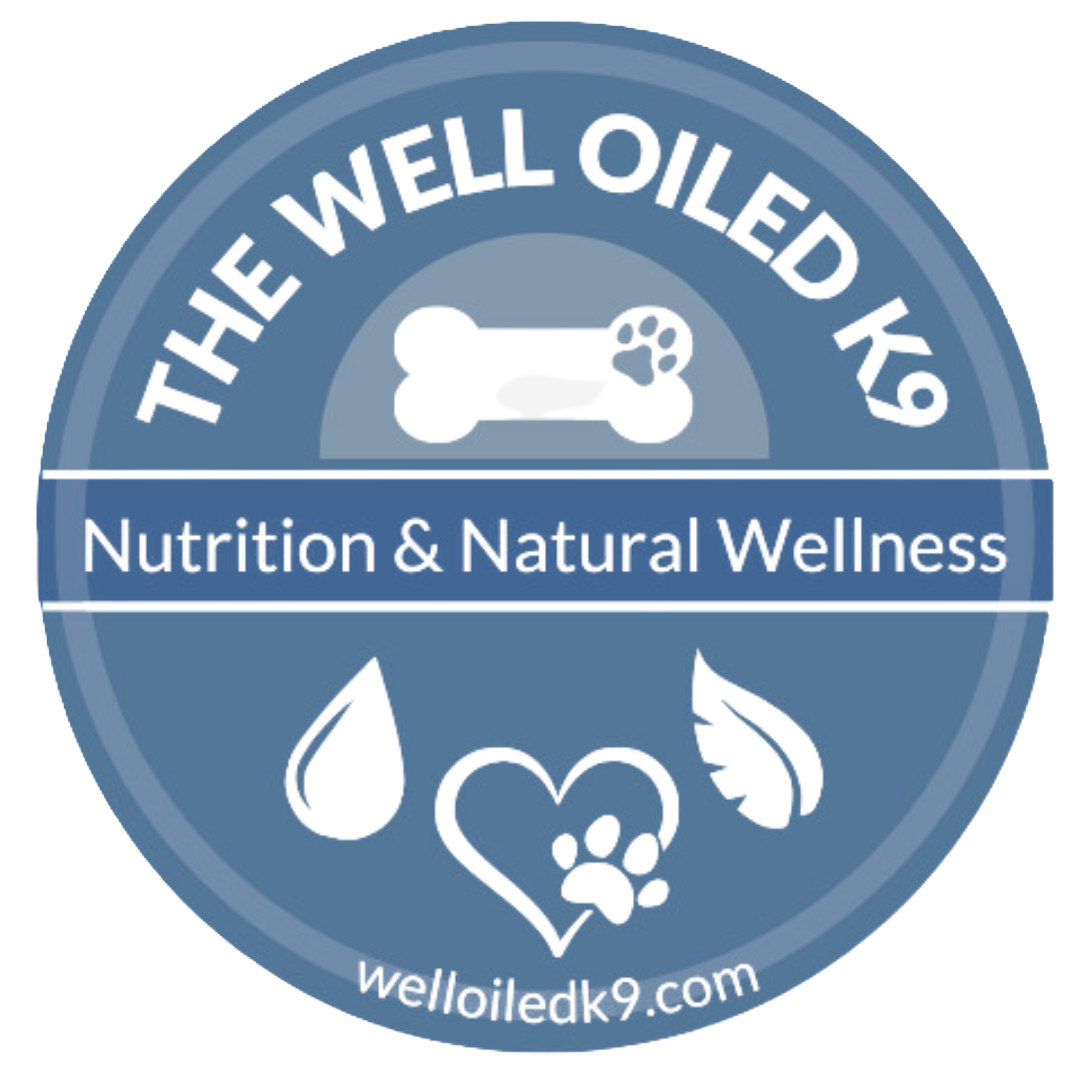Preservatives In Kibble Dog Food
Be sure to read your label and look for preservatives.
Preservatives extend the shelf-life of foods and slow down oxidation and slow the process of fats going rancid. Preservatives will be found in many foods. Kibble is definitely a food that requires it.
There are two-types of preservatives — ones to avoid completely, and those more natural.
Natural Preservatives In Dog Food
Mixed tocopherols (vitamin E)
Forms of vitamin C (like ascorbic acid)
Rosemary
Sage
Clove
Avoid These Preservatives In Dog Food
Ethoxyquin - this is a pesticide and has been linked to cancer. Unfortunately, ethoxyquin is sometimes used in some meal products so it can be hidden from the ingredient list.
Propylene glycol - the ingredient used in anti-freeze
Butylated hydroxyanisole (BHA) and Butylated hydroxytoluene (BHT) - both potentially cause cancerTertiary Butylhydroquinone (TBHQ) - form of butane used to make varnish and resins
Sodium Metabisulphite - bleaching agent
Also keep in mind that a long-shelf life isn’t always your best option. Buying products in bulk doesn’t mean you’ll save money long-term. I recently had a client who bought a 50# bag of kibble for it’s “price” for 2 very tiny dogs under 10#s each. This bag of food will go rancid and moldy long before these two pups could eat that much food. Even preservatives won’t keep foods fresh for long.
Most kibble brands begin to oxidize and go rancid within a couple of weeks of opening the bag. Many foods will have been exposed to heat change variables in storage & transport.
Even storing your kibble in a plastic container is not without risk!
Take as many small steps as you can to keep your dog healthy for years to come.
